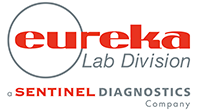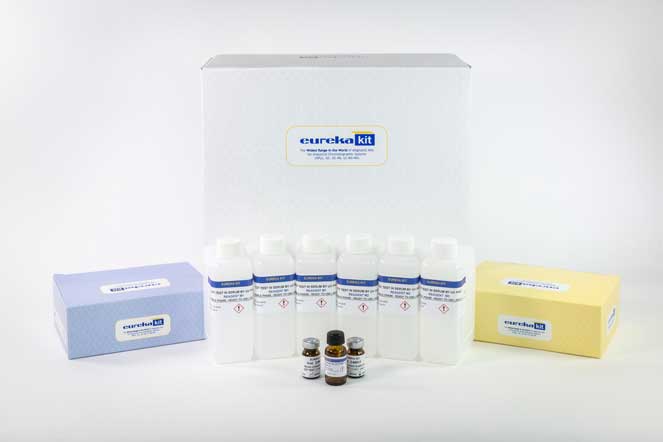Forensic Toxicology
The term “Toxicology”, also known as the “Science of Safety”, refers to the scientific field that investigates the damaging effects that chemicals, drugs, others substances or various settings can have on the environment, individuals and animals (Ref. https://www. niehs.nih.gov).
Among the several branches that Toxicology is divided into, here we focus on Forensic Toxicology.
Forensic toxicology analyzes toxic substances and their adverse effects in human or animals with medical-legal implications (https://sciencemonk.com/forensic-toxicology/). The toxicological analyses in the forensic field involve the examination of the so-called “conventional” matrices (whole blood, urine) and “alternatives” such as the hair oral fluid and sweat.
Their respective outcome, alone or in combination, provide useful elements for a correct diagnosis with forensic/medico-legal meaning in various fields.
Several matrices can be used depending on the case of study:
• Urine is the election matrix for determining the “recent” consumption of substances of abuse.
• Hair matrix can be investigated to verify the status of a chronic user, as well as previous behaviors of use/abuse. The segmental analysis of hair helps to reconstruct the chronology of the consumption fairly accurately. Considering the overall hair replacement time in a sufficiently extended body area, a “time window” of about 9-18 months can be evaluated in relation to the type of hair and its natural growth.
• Whole blood matrix has been regulated and it is the election matrix to investigate the “current” use of substances of abuse. However, it is an invasive procedure and it can lead to risks for both the patient and the operator.
• Saliva matrix (more properly oral fluid) represents an alternative to whole blood, but not yet regulated. As well as whole blood matrix, it can be used to check the “current” use of substances of abuse. Moreover, it has the advantage to be a non-invasive collection method.
| back to previous page |





